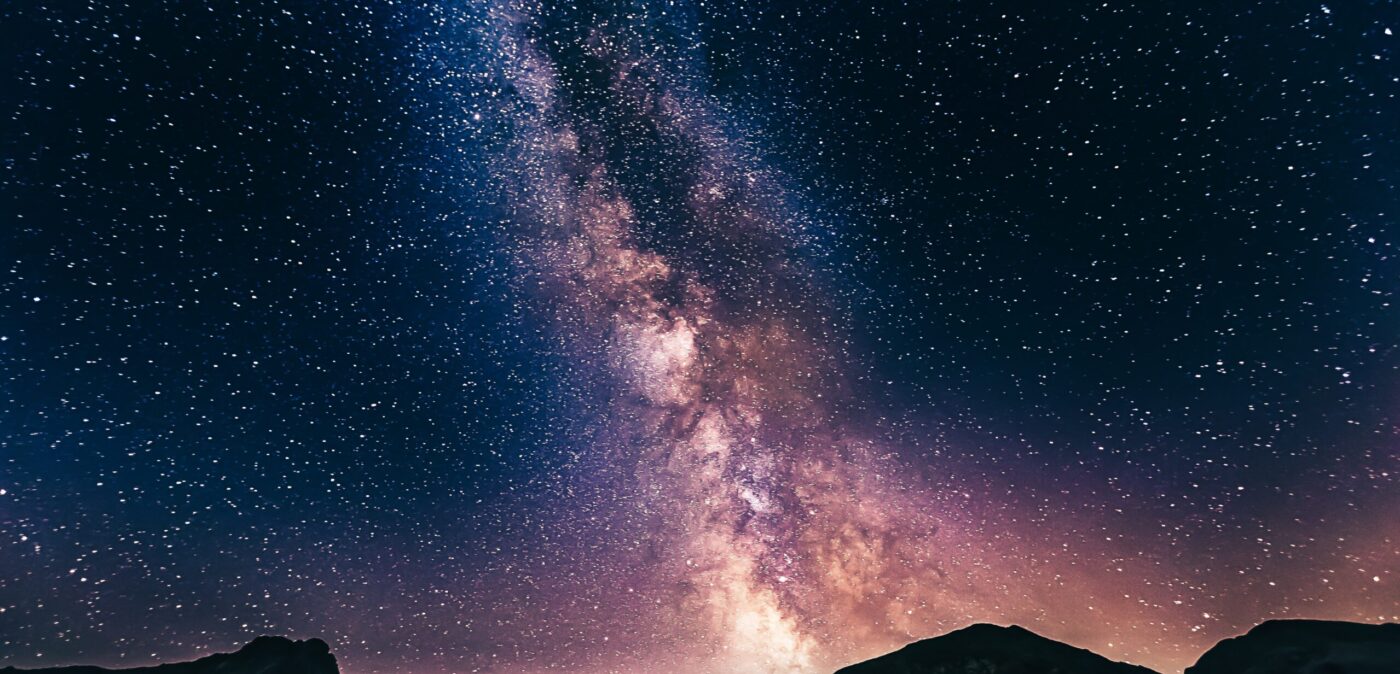
Missions to Mercury
Located just 36 million miles from the sun, Mercury is the closest planet to the sun. Just a little larger than our moon, it’s also the smallest planet. However, the size doesn’t stop the little planet from having numerous mysterious attached to it. To unravel these mysteries and better understand how our early solar system formed, orbiters have been sent to take detailed images of the planet. Below, we’re going to take a look at some of the missions that have helped scientists better understand the wonders of Mercury
Mariner 10
(November 3, 1973 – March 24 1975)
Mariner 10 was the first to go into orbit around Mercury and send back the most detailed pictures (of the time) of the surface. Launched on November 3, 1975 from Cape Canaveral, Florida, Mariner 10 was built to conduct flybys of both Mercury and Venus. In order to reach the orbit of Mercury, Mariner 10 used the gravity of Venus to slingshot itself toward the planet. The main goal of Mariner 10 was to study the atmosphere (in this case, exosphere) and the features of the surface. The spacecraft returned beautiful images of the surface that caught the eye of public. However, due to failures in the tape recorder and other complications, only a small portion of each image could be seen. However, even these small snapshots were breathtaking to look at. The last contact with the spacecraft was on March 24, 1975 after the craft exhausted all the fuel it used to maintain its altitude. However, Mariner 10 left behind a wonderful legacy and more than 2,700 pictures of the innermost planet.
Messenger
(August 3, 2004 – April 30, 2015)
Messenger launched from Cape Canaveral, Florida on August 3, 2004. It orbited Mercury for more than four years studying the planet’s surface, geology, magnetic field and the polar regions made of water-ice. On March 11, 2011, Messenger reached the orbit of Mercury after seven long years of travel. Like Mariner 10, it used gravity assists from several planets including Earth and Venus to help increase its speed. During these flyby’s it took detailed images of the planets and took measurements of the atmosphere and fields around Venus. Its most famous picture includes views of all the planets in the solar system, except Uranus and Neptune, in one frame. In total, Messenger took about 10,000 pictures of Mercury. These pictures play a large part in helping scientists understand the early life of Mercury. On April 30, 2015, Messenger ran out of fuel and crashed onto the surface of Mercury. Like Mariner 10 before it, Messenger was able to provide tons of insight on the details of Mercury. The crater created when Messenger crashed onto the surface will forever be untouched.
BepiColumbo
(October 20, 2018 – )
BepiColumbo is a joint missions by the European Space Agency (ESA) and the Japan Aerospace Exploration Agency(JAXA). Both countries designed orbiters that were launched together abroad an Ariane 5 rocket on October 20, 2018. This missions marked both the ESA’s and JAXA’s first mission to Mercury. BepiColumbo will study the composition, geophysics, atmosphere, and magnetosphere of the planet in order to piece together what it’s past was like. The spacecrafts will use flyby’s of Venus and Earth to propel them toward Mercury, where they will conduct several flybys. On December 5, 2025, BepiColumbo will intersect with Mercury’s orbital path. Both spacecrafts are designed to last one year. This mission is the third mission to ever visit Mercury. Because of the lack of knowledge we have of the planet, BepiColumbo will provide tons of in depth information that will help scientists understand the closest planet to the sun.
Resources:






Tagged #cassini, #clouds, #hexagonalstorm, #magneticfield, #saturn